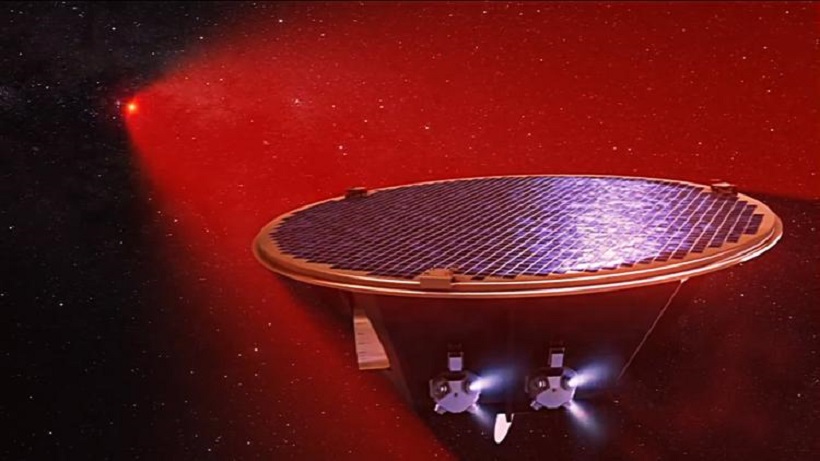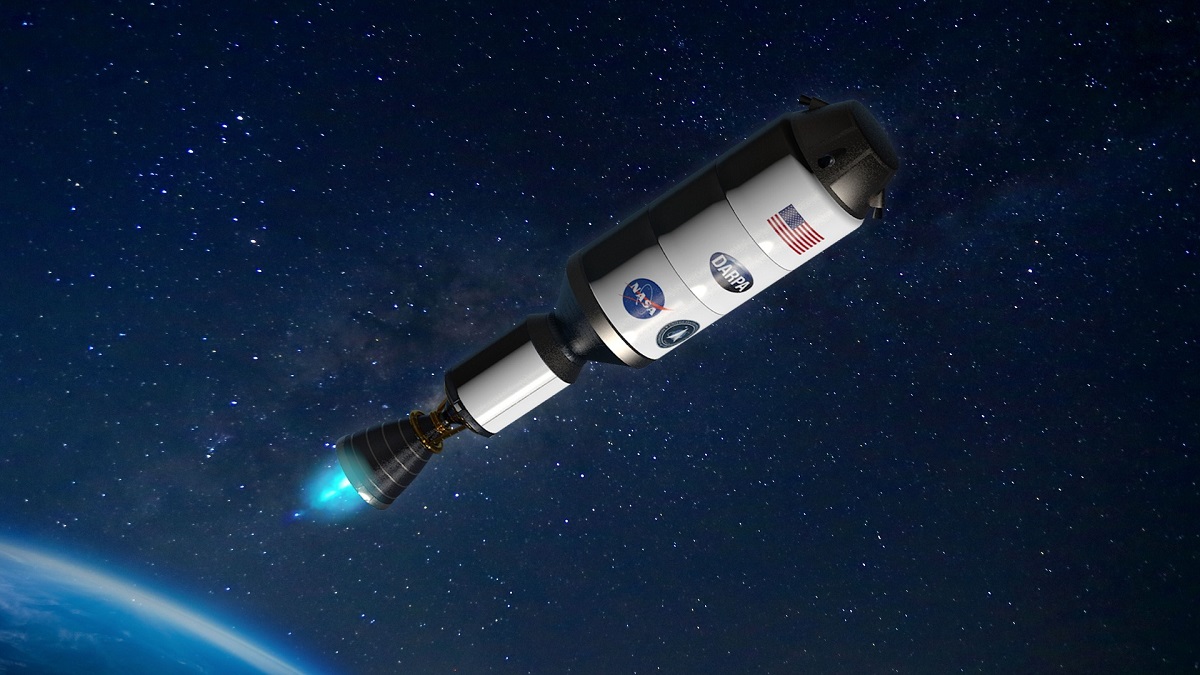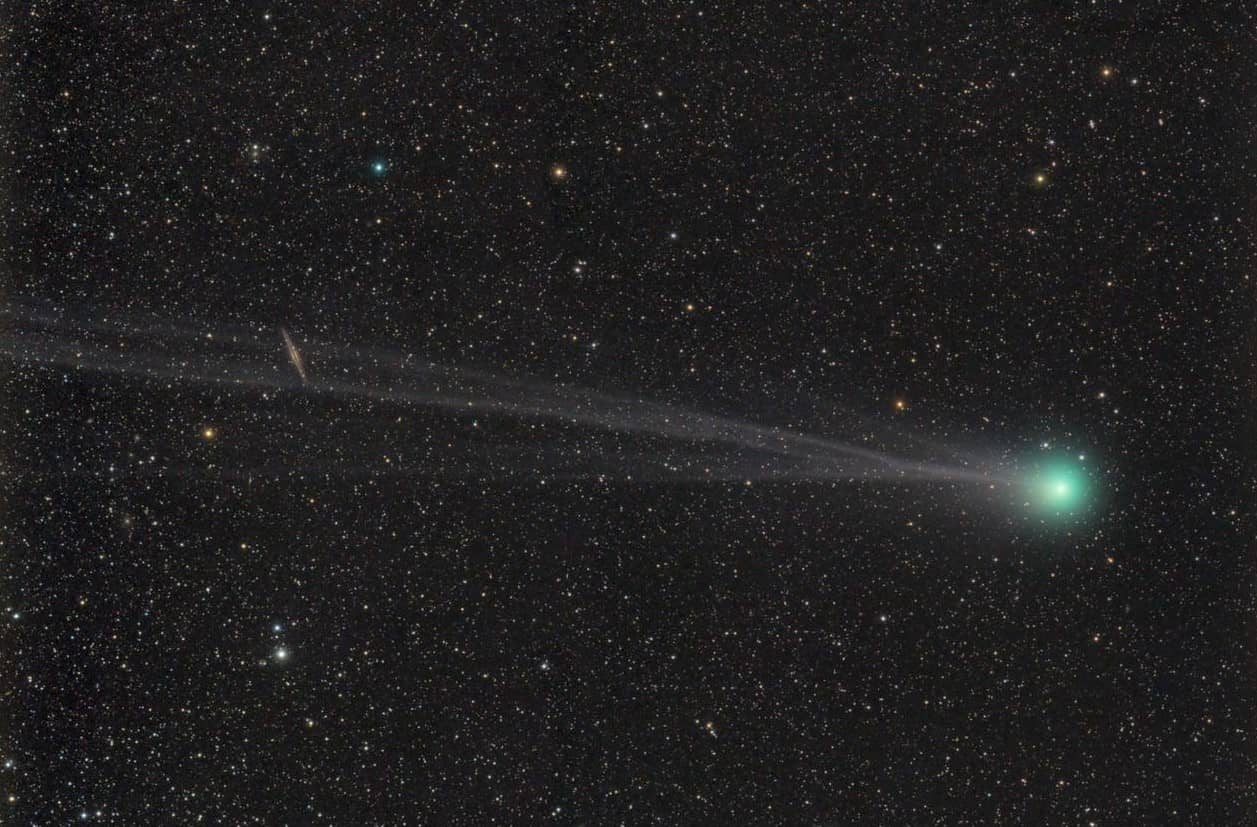Embarking on a cosmic endeavor to decipher the universe’s deepest secrets, NASA and the European Space Agency (ESA) are gearing up for the groundbreaking Laser Interferometer Space Antenna (LISA) mission. The collaboration recently secured approval for constructing its flight hardware, marking a pivotal milestone in the quest to unveil the mysteries hidden within gravitational waves.
Gravitational waves, foreseen by Albert Einstein’s general theory of relativity more than a century ago, represent ripples in the fabric of space-time. The LIGO observatory, stationed on Earth, made history in 2015 by detecting gravitational waves originating from the merger of two black holes. LISA, poised for a mid-2030s launch, aspires to elevate this cosmic exploration to new heights, promising a panoramic view of gravitational waves traversing the vast cosmic expanse.
Mark Clampin, director of the Astrophysics Division at NASA Headquarters, envisions the possibilities: “Imagine being able to observe a broad range of sources within our galaxy and beyond. LISA will provide us with that capability. We’re proud to be part of this international effort to open new avenues to explore the secrets of the universe.”
NASA’s integral role involves contributing key components to LISA’s instrument suite, encompassing lasers, telescopes, and devices mitigating disturbances caused by electromagnetic charges. These components are essential for LISA to precisely measure distance changes induced by gravitational waves across millions of miles in space. Meanwhile, ESA will oversee the spacecraft’s development and operation, solidifying the international collaboration.
Gravitational waves, generated by accelerating masses like orbiting black holes, facilitate the gradual merger of celestial objects over millions of years. Building upon LIGO’s achievements, scientists have integrated gravitational waves with light and particles, pioneering “multimessenger astronomy” and unraveling cosmic events such as black hole mergers.
LIGO and similar ground-based facilities are confined to detecting gravitational waves within specific frequency ranges. LISA, designed to bridge this critical gap, will focus on sensing low-frequency gravitational waves that elude Earth-based instruments.
Ira Thorpe, NASA study scientist for the mission, emphasizes the significance: “LISA will open our eyes to tens of thousands of small binary systems in our own galaxy and massive black holes merging as galaxies collided in the early universe.”
LISA’s triangular formation, comprising three spacecraft flying 1.6 million miles apart, will meticulously track internal test masses solely influenced by gravity. Continuous laser firings will measure their separations with astonishing precision, unveiling cosmic secrets encoded in gravitational wave oscillations.
The technology underpinning LISA has already proven successful in space through ESA’s LISA Pathfinder mission, operating from 2015 to 2017 with NASA’s collaboration. This new cosmic venture propels LISA to the forefront of scientific exploration, poised to redefine our comprehension of the universe and provide unprecedented insights into its enigmatic depths.





